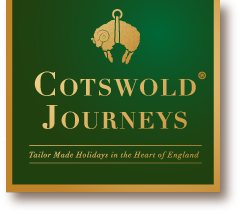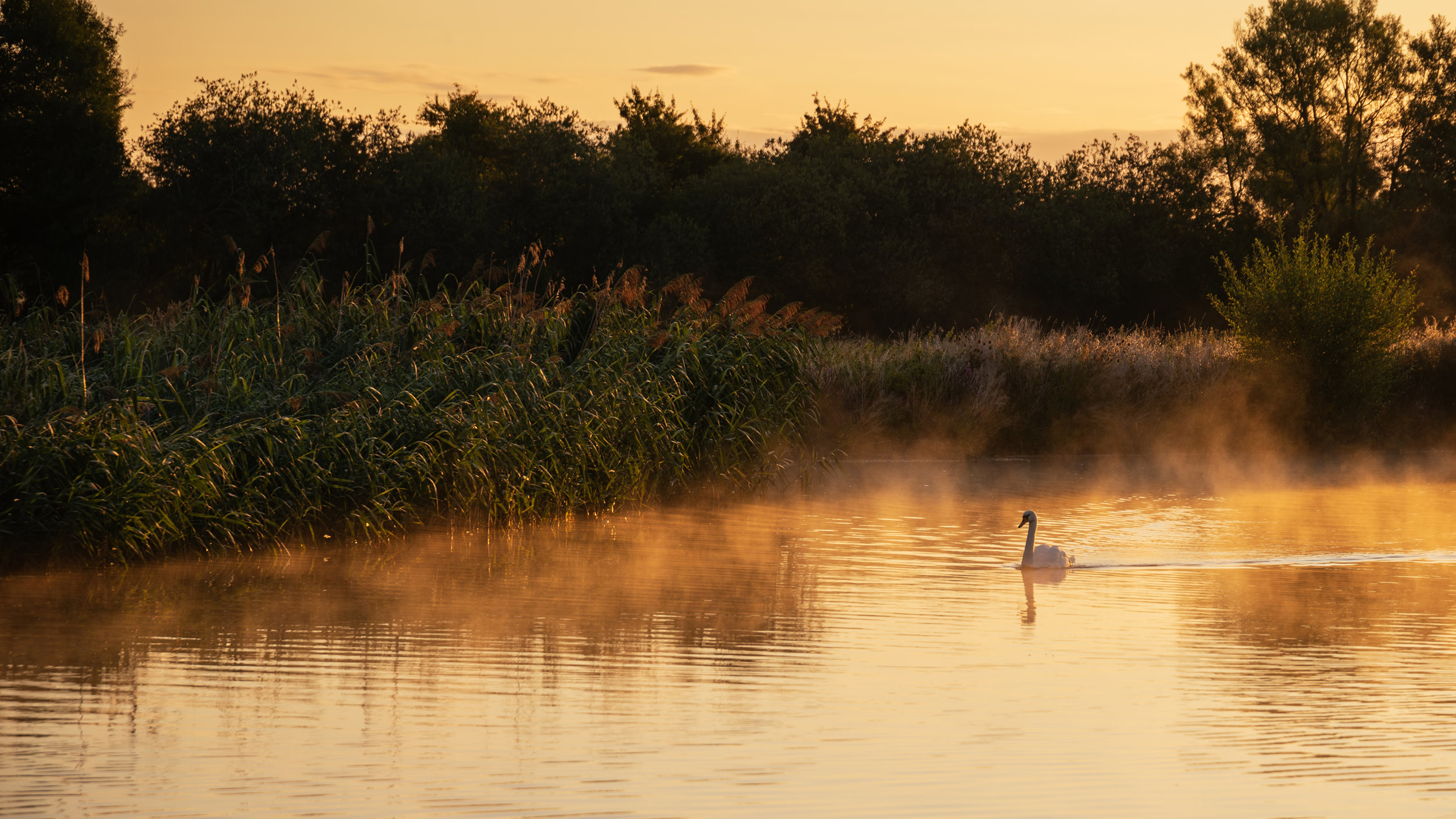Lechlade is named not from the Thames but from the River Leach which joins the Thames just east of the town. Its location surrounded by rivers meant that it had been a settlement since at least 2500 BC. There is evidence of a significant Roman and Saxon presence here and the town is mentioned in the Doomsday Book but it was really with the foundation of the St. John the Baptist nunnery that the town developed. The nunnery became a priory and the monks, who were skilled in these things and who gave their labour freely, built St. John’s Bridge across the Thames (to the east of the town). On occasion, furthermore, the priory was given the right to collect tolls from the bridge to pay for repairs The town was then granted a market charter, which, combined with the thriving Cotswold wool trade, meant that it was well placed to exploit its potential as a port. By 1472, the priory was dissolved due to lack of funds to provide building materials for the new parish church. St. Lawrence Church was completed in 1476. Catherine of Aragon, who took over the manor of Lechlade in 1501, supervised some additional work on the church after a roof fire in 1510. It was at this time that the spire was added.
Lechlade was now a flourishing port. The Salt Way brought salt to the Thames for shipping downriver to London, whilst wool and cheese went the same way. The bridge over the Thames meant that the town became an important part of the inland trade route between London and Bristol, particularly in times of war when sea travel was dangerous. Inns flourished as a result of the coaching trade, which required stabling and accommodation. With the completion of the Thames and Severn Canal in 1789, which joined the Thames just upriver from the town, goods could be transported from London to Bristol by barge. A second bridge (the Halfpenny) across the Thames was built in 1792. The St John’s Bridge was rebuilt in 1886.
In September 1815 the poet Percy Bysshe Shelley visited Lechlade, having rowed there from Windsor, and stayed at the New Inn. Standing in the churchyard with his wife, Mary, and friends Charles Claremont and Thomas Love Peacock, he watched the sun setting and wrote:
‘The wind has swept from the wide atmosphere Each vapour that obscured the sunset’s ray, And pallid Evening twines its beaming hair In duskier braids around the languid eyes of Day’
Lechlade gained a railway station in 1873, on the Witney-Fairford branch line. This, as for so many places, was a mixed blessing, for while it brought increased mobility, it also signalled the beginning of an increase in the pace of life that was soon to make redundant many of the former sources of local prosperity. The wool trade ceased, the problematic canal closed, the market moved away from the town centre, and cars replaced coaches. Lechlade became a pleasant backwater.


0 Comments